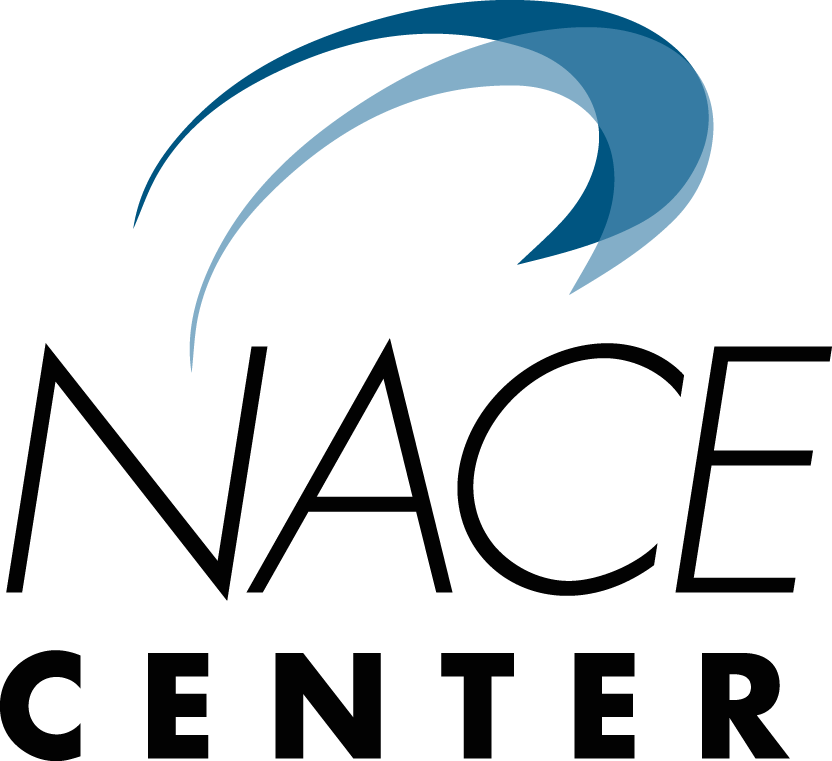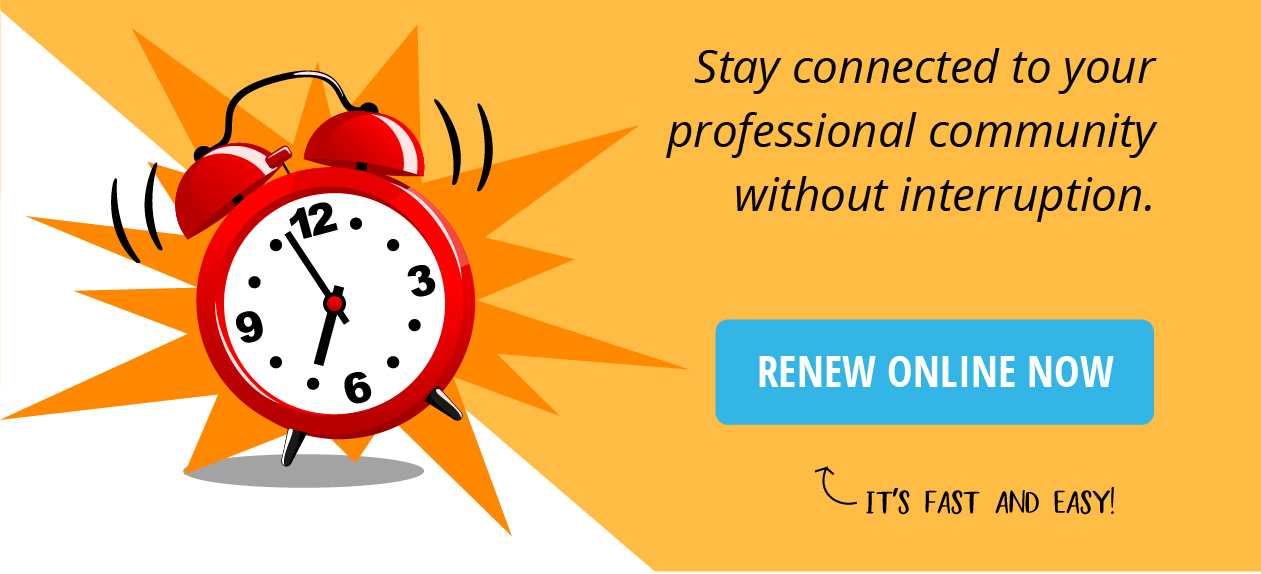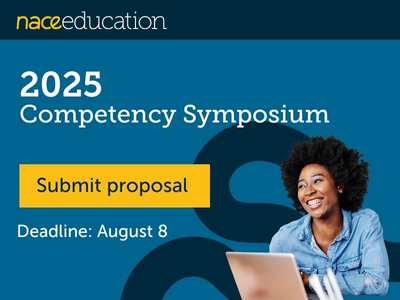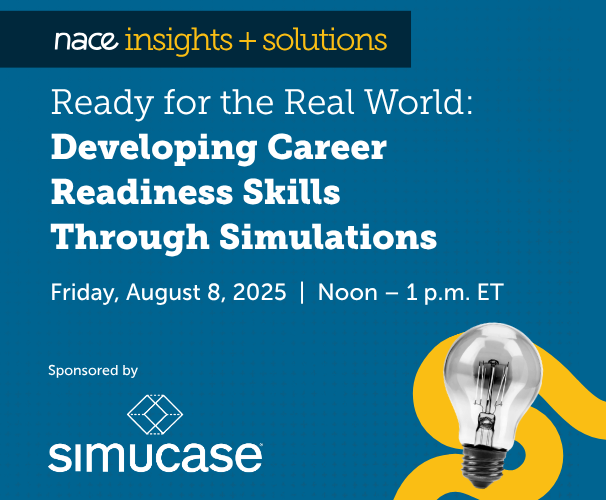Connecting with recruiters on a personal level during the recruiting process is important so students find positions that are in sync with their career goals and aspirations and recruiters find employees who will thrive and contribute positively to their organization, says Lilian Barajas.
“[Networking] also helps build trust between the student and the organization,” continues Barajas, senior director, USC Viterbi School of Engineering Career Connections.
“A recruiter's genuine interest can be comforting to a student when making a significant life decision. There are several USC Viterbi Career Connections employer partners that incorporate smaller, more intimate activities—like bowling or salsa dancing—with student organizations to connect with students on a personal level.”
Maggie Cutler Young, associate director, employer relations, Viterbi Career Connections, adds that since career exploration is also a vital part of a student's career journey, connecting with recruiters and alumni in a casual setting to learn about company cultures allows students to make informed decisions about where to apply.
“Large-scale events like career fairs and information sessions provide valuable, albeit brief, interactions and may not delve deeper into these important subjects like company culture, work-life balance, benefits, and other key areas that guide a student in finding an opportunity that is the right fit for them,” Cutler Young explains.
“Employers also benefit from these interactions by attracting candidates who better understand their organizations’ mission, values, and goals.”
An Evolution of Networking Events
Viterbi Career Connections networking events have a long history and have gone through several iterations to reach their current format. Initially, the events—such as its speed networking sessions—were more structured.
“We collected data from employers and students through surveys and listening sessions to gain a better understanding of their needs and modified the events to meet their interests,” Barajas says.
“This included creating events that were more casual, less structured, with optional activities.”
The Student Organization Mixer, for example, was developed directly from employer feedback on their recruitment needs; this included challenges such as having limited time and resources to attend on-campus events.
“Pairing the mixer with our large on-campus career fair allowed them to consolidate two or more events into one campus visit,” Cutler Young says.
“Incorporating student organizations into the event also incentivized employer participation and increased interest by giving them an opportunity to meet with several student organizations at one event and recruit the next day at the career fair. Similarly, student organization members reported enjoying meeting employers in a more intimate setting.”
The casual networking format also increased engagement by creating a more relaxed atmosphere. Barajas notes that adding an opt-in resume book shared with recruiters gave students and employers a chance to fulfill recruitment needs. Also, students could only submit their resume to the book if they attended the event in-person which mitigated no-shows.
Another session—the Homecoming Networking Event—has gone through several variations. Initially challenged with employers’ low recruiting budgets or bandwidth and a focus on recruitment, Viterbi Career Connections staff developed it as a networking and career exploration event for students. It was not as much for recruiting.
“In updating the event, it was important to maintain the integrity of a true networking event while providing employers with a recruiting return on investment,” Barajas says.
“Timing was a critical factor in planning the event. By aligning the event with homecoming week in November, we avoided most recruiting events, such as career fairs and conferences for employers; it’s also at a time when student schedules are usually lighter. We were able to fold the marketing of the event into other alumni activities hosted that week and engage local alumni and employers.”
Once the Career Connections team invited alumni to the event, it saw an increase in attendance. To build employer participation, the team provided individual resume books for each employer attendee, giving them the ROI they needed.
“Lastly,” Cutler Young adds, “we implemented a successful strategy used by other teams within the Viterbi School to increase attendance. We began offering a ticket giveaway or raffle for the homecoming football game as an incentive, which significantly boosted employer and alumni attendance.”
She notes that the open networking format with high-top tables and appetizers created a fun, low-stress atmosphere. A map directing students to “industry clusters” rather than company names help them meet a range of different employers and alumni.
“For students, we added an optional Networking Bingo game with the opportunity to complete their card and win prizes,” Barajas says.
“This helped move students away from waiting in line for one alumni or employer, exposing them to the true benefits of networking: Every connection is a good connection.”
Identifying—and Overcoming—Challenges
The Viterbi Career Connections staff has encountered several challenges—including balancing student, employer, and alumni goals; handling no-shows; and mitigating ambiguity—in developing their networking events.
Ambiguity reveals itself in several ways. Because of the nature of networking, the team had to seek out its stakeholder’s goals for attending a networking event.
“Each population had a slightly different goal, and it was challenging finding a balance between delivering what they requested while keeping the integrity of the event,” Cutler Young says.
“One way we addressed this challenge was to send targeted communication to specific student majors of interest to employers. We also added table tents to identify employer industries for students to connect with companies they were most interested in. We continue to challenge ourselves to find a balance.”
Another challenge spurred by ambiguity is participants not understanding the value of networking, and often confusing networking and recruiting.
For example, Barajas notes, students continually request that employers were identified and assigned a table at an event.
“However,” she counters, “we believe this approach would compromise the purpose. Educating our student population through workshops, social media posts, and employer speakers are just some of the ways we address this issue. While there are students who still struggle with networking, through education, incentives, and other efforts, we are creating more meaningful events for students and employers.”
Perhaps most frustrating are students and alumni who don’t show up to the event. Cutler Young says this is partly because there is no “direct outcome” such as internship or job offers associated with career fairs or recruiting sessions. As a result, students are less inclined to attend.
“In response to this, we developed an over-communication model for reminding attendees, such as through day-of email reminders and phone calls to registered attendees,” she says.
“Although this can cause other issues, like emails being ignored, we found that by including reminders about the incentives to attend like company names in invites, ticket giveaways, and resume books, students, employers, and alumni were enticed to attend.”
Incorporating Key Elements and Measuring Results
Barajas and Cutler Young say that there are key elements of effective networking events for USC Viterbi School students, employers, and alumni that may benefit their colleagues at other colleges and universities. Their recommendations include:
- Defining goals—The first step to planning a successful event is to have a clear purpose and goals. Define the event's objectives and determine how best to measure if those goals were reached. Also, identify your audience and
invite participants who have aligned interests and goals, and focus on representation from different industries, experience levels, and roles. Cutler Young says that, for USC Viterbi School networking events, the Career Connections team focuses
on its three constituents:
- Students want to meet employers and alumni, find opportunities, connect with their friends, and enjoy complimentary food and refreshments.
- Employers are interested in meeting students relevant to their industries and need a recruiting component or a way to achieve their return on investment for attending.
- Alumni appreciate the opportunity to connect with students and each other in a social setting.
- All attendees also liked the possibility of free prizes, such as football tickets or fun swag items.
- Building an engaging format—Barajas explains that networking is about connecting with people, and people connect best when they are enjoying an event. By creating a relaxed atmosphere with music, food, and high-top tables, the Career Connections team makes the event inviting to attendees.
- Encouraging networking—Engagement is an important part of a successful event, but so is helping students learn about the value of networking. The Career Connections team found that not assigning employers and alumni to tables but creating industry clusters instead encouraged students to mingle and talk with different people instead of focusing on just one employer/alumnus. The team also incorporated “Networking Bingo” to gamify networking, making it more fun for students to participate. “The key element of the game was that it was optional for students, and only those who were interested participated. Over time, we found that students do not like to be forced into an activity,” Cutler Young says.
- Aligning logistics—Looking at convenient timing, coordination, and communication of the event ensures higher attendance and a good attendee experience. Find dates, times, and locations that work best for the potential attendees. Tying networking events to existing campus activities helped engage the USC Viterbi School’s audiences.
- Creating partnerships—Partnering with other offices—such as alumni relations offices, academic departments, student organizations, or corporate engagement offices—helps manage bandwidth and exponentially increases outreach. Pairing your event with larger community events can help increase interest and attendance.
- Providing flexibility—Maintain flexibility with late registrations and encourage same-day drop-ins to accommodate no-shows and ensure strong attendance. Instead of penalizing no-shows, survey them to find out why they did not attend. This information can help improve future events.
- Seeking feedback and making improvements—Although data collection is a challenge, gathering feedback is essential for continuous improvement. Some tips to boost response rates include using student volunteers to ask attendees to complete the post-event survey as they exit and offering a small prize, swag, or food item to those who provide feedback. The data gathered will help create actionable improvements to future events.
Following the networking events, the Career Connections team assesses their effectiveness by tracking attendance, evaluating industry representation, and gathering feedback from attendee surveys.
“The data highlight a strong interest from employers and students in attending these events. However, it also reveals gaps in industry representation,” Barajas points out.
“To address this, we aim for a variety of student majors, degree levels, and industries represented at each event. Survey feedback has been key in shaping these events to better meet the needs of students and employers. We remain committed to improving our events by continually gathering insights through surveys and listening sessions and applying what we learn.”
This is important because networking is a valuable tool for students that offers both career exploration and access to opportunities, particularly in a competitive job market.
“While some students can easily leverage connections through family and friends, others may find networking intimidating or unfamiliar, especially if they lack social capital,” Barajas says.
“Career services professionals play a crucial role in bridging this gap by providing resources, guidance, and opportunities to practice networking. Proactively engaging with student organizations and offices supporting underrepresented populations can help ensure all students have the tools to succeed in their internship and job search efforts and develop professionally.”







